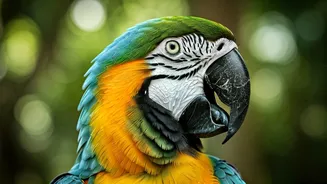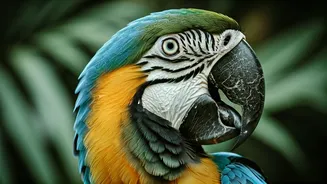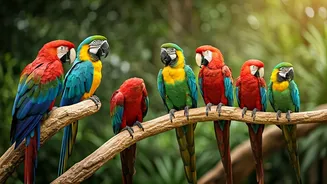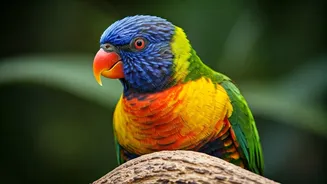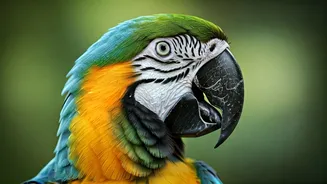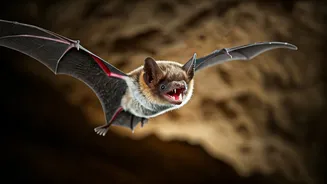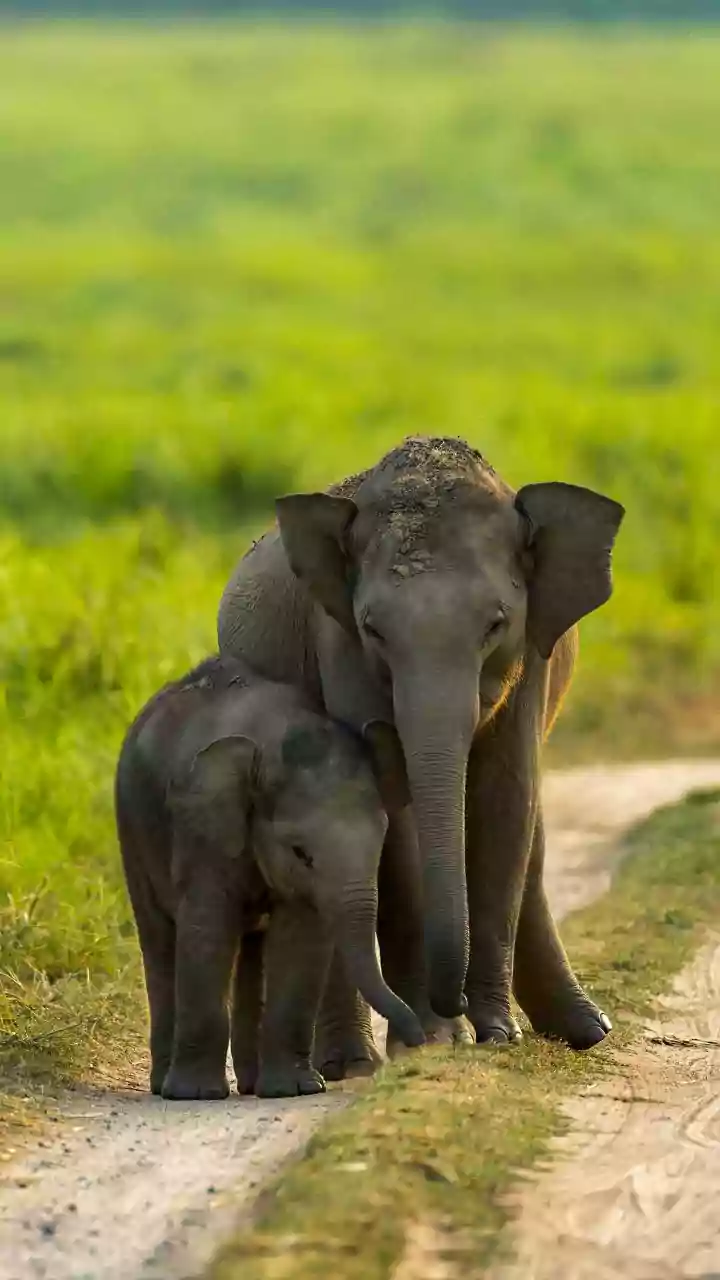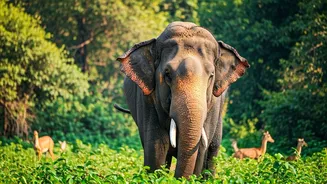Social Butterflies
Parrots, contrary to the stereotype of solitary creatures, are incredibly social. Many species thrive in flocks, which contribute to their survival. These
social structures provide protection from predators, allowing parrots to benefit from the collective vigilance of the group. Flocks also assist in locating food sources and maintaining social bonds, which are critical for well-being. Complex communication systems within these groups include vocalizations, body language, and preening rituals that strengthen connections. The health and happiness of parrots in captivity are heavily influenced by the presence of a social group or consistent interaction with their human caregivers. Therefore, understanding and facilitating their social needs is vital for responsible pet ownership or conservation efforts.
Brainy Birds
The cognitive prowess of parrots is truly astounding. Parrots have remarkably large brains relative to their body size compared to other birds, which allows them to perform complex tasks. This brain capacity helps them to mimic human speech; it also plays a significant part in their ability to understand and respond to human emotions. Studies suggest that some parrot species exhibit skills that are often seen in young children, such as understanding cause-and-effect relationships and making inferences. They can solve puzzles, learn new behaviors rapidly, and even exhibit signs of self-awareness. Such cognitive abilities highlight the intelligence of parrots. Their capacity to learn and adapt makes them exceptional subjects for scientific research into animal intelligence and behavior.
Lifespan Wonders
The longevity of parrots is one of their most remarkable traits. Many species have exceptionally long lifespans, frequently exceeding that of humans. Larger parrots, like macaws and cockatoos, can live for several decades, with some reaching over 80 years old, if well cared for. This longevity is quite significant when considering parrots living in captivity. This long life demands a lifelong commitment from owners. The extended lifespan is a consequence of their slow metabolism, strong immune systems, and the absence of many diseases that affect shorter-lived animals. Their longevity underscores the necessity for providing them with lifelong care and a stimulating environment that promotes well-being.
Dietary Needs
The diet of a parrot plays an essential role in its health and longevity. Parrots have specific nutritional requirements that vary depending on their species. In the wild, their diet consists of fruits, seeds, nuts, and vegetation, which provides the vitamins, minerals, and other nutrients needed for their survival. In captivity, a balanced diet must include a mix of fresh fruits, vegetables, seeds, and commercial parrot food to meet those needs. An unbalanced diet can lead to health problems, such as obesity, nutritional deficiencies, and liver disease. Owners must be educated to offer a diet that closely replicates their natural diet to ensure their pets remain healthy and thrive.
Mimicry Mastery
The ability of parrots to mimic human speech and sounds is perhaps one of their most well-known traits, but the underlying mechanisms and complexities of this skill are fascinating. Parrots do not just repeat sounds; they can associate words with objects, actions, and even emotions. Their vocal anatomy, particularly the syrinx, a unique vocal organ, allows them to produce a wide range of sounds. They learn through observation and imitation, often repeating words and phrases that they hear frequently. Parrots can imitate the sounds of their environment, like the whistling of a kettle, the ringing of a phone, and even the voices of their owners. This mimicking behavior indicates an advanced level of cognitive processing and a capacity to understand the context of sounds.
Pair Bonding
Parrots establish deep bonds with their mates, a key part of their social lives. Most species are monogamous, forming lifelong partnerships. This bond is more than just a mating connection; it is a complex relationship that includes mutual grooming, feeding, and protection. These pairs work together to rear their young, sharing the responsibilities of nest building, egg incubation, and feeding the chicks. The strength of the bond between mates is crucial for the parrots' wellbeing, as the loss of a partner can lead to stress, depression, and even physical illness. Therefore, creating a stable and supportive environment in captivity, where these bonds can thrive, is crucial for the birds' health and happiness.
Feather Features
Parrots have feathers that are much more than decoration; they play a critical role in their survival. The feathers provide insulation, which helps regulate their body temperature, especially in cold environments. They also provide protection from physical injuries and the elements. The vibrant colors of parrot feathers are not just attractive to look at; they serve different purposes, such as attracting mates, camouflage, and communication. Their feathers' colors are created by pigments and structural elements that interact with light. Proper feather maintenance, including preening and bathing, is critical for maintaining feather health and overall wellbeing. Healthy feathers are a good indication of a healthy parrot, as they showcase the bird's well-being and its ability to thrive.
Conservation Challenges
Parrots face multiple threats in the wild. Habitat loss, mainly from deforestation and land clearing for agriculture, is a significant danger, leaving many parrot species without the forests, woodlands, and grasslands that they depend upon. The illegal pet trade is another massive issue. Many parrots are caught in the wild and sold to markets, which causes a decline in wild populations and can lead to the spread of diseases. Climate change presents a growing threat, as shifting weather patterns and extreme events disrupt their habitats and food sources. Conservation efforts involve habitat preservation, combating the illegal wildlife trade, and education. Protecting parrots requires a comprehensive approach. It ensures the survival of these iconic species for future generations to admire and learn from.
